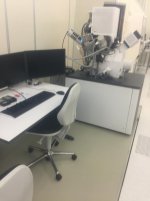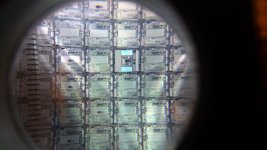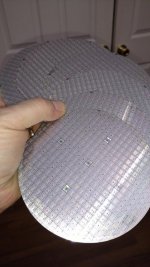Hi, gang. Jason Scott. Internet Archive, general troublemaker.
I've contacted the contractor and arranged to show up, hell or high water on Monday morning, and haul everything possible away, probably to a storage unit down the road, before arranging for it to go elsewhere and be dealt with.
I deal in action and deadlines, not hopes and dreams.
I'm not going to ebay the stuff, I'm going to ensure it goes to museums and archives, and gets in front of people who can pull away data.
If anyone wants to help, hit me at jason@textfiles.com.
I've contacted the contractor and arranged to show up, hell or high water on Monday morning, and haul everything possible away, probably to a storage unit down the road, before arranging for it to go elsewhere and be dealt with.
I deal in action and deadlines, not hopes and dreams.
I'm not going to ebay the stuff, I'm going to ensure it goes to museums and archives, and gets in front of people who can pull away data.
If anyone wants to help, hit me at jason@textfiles.com.




